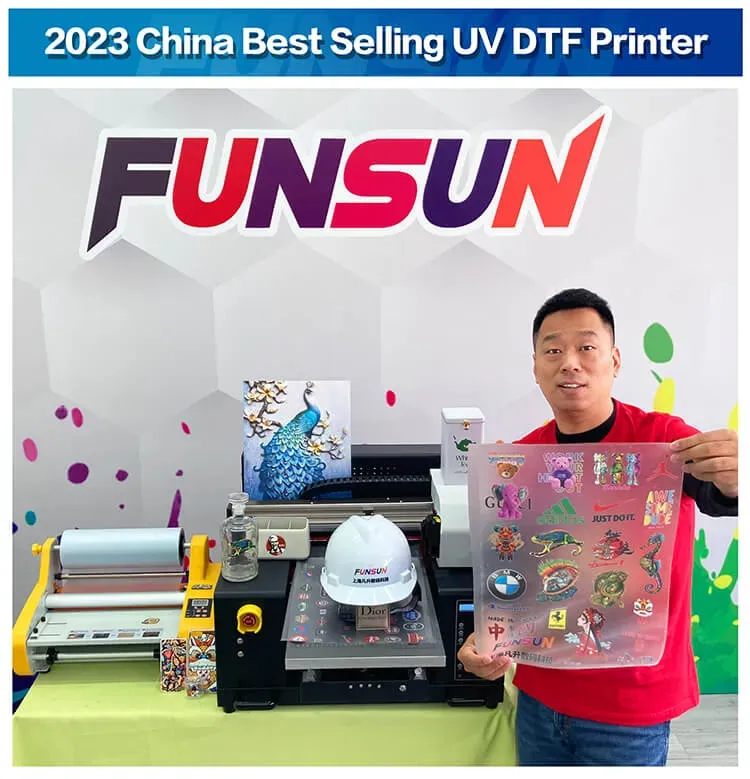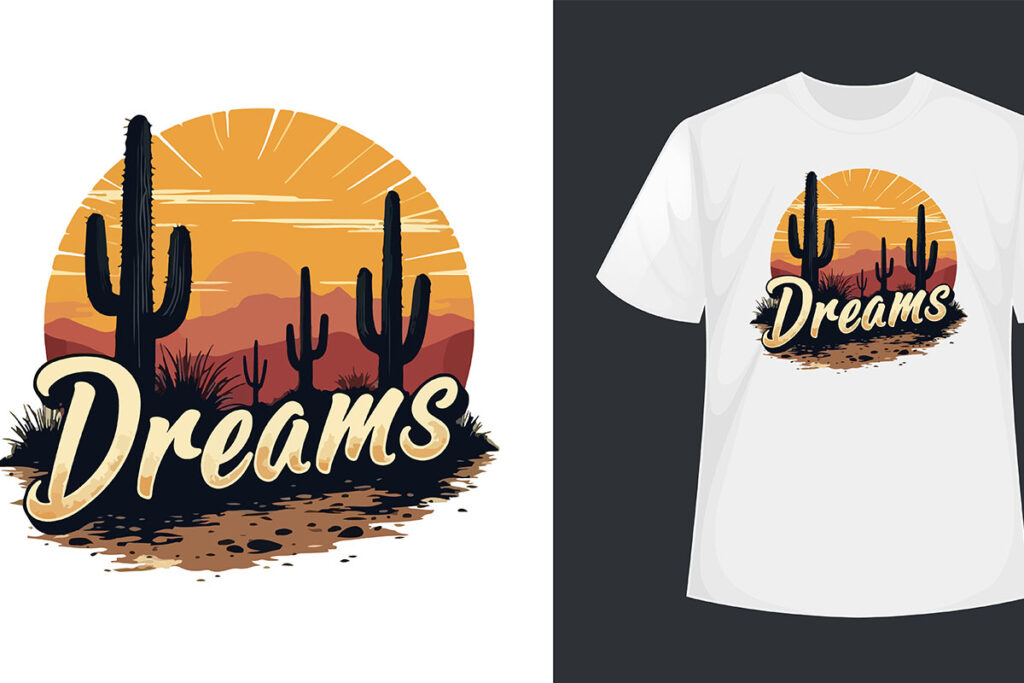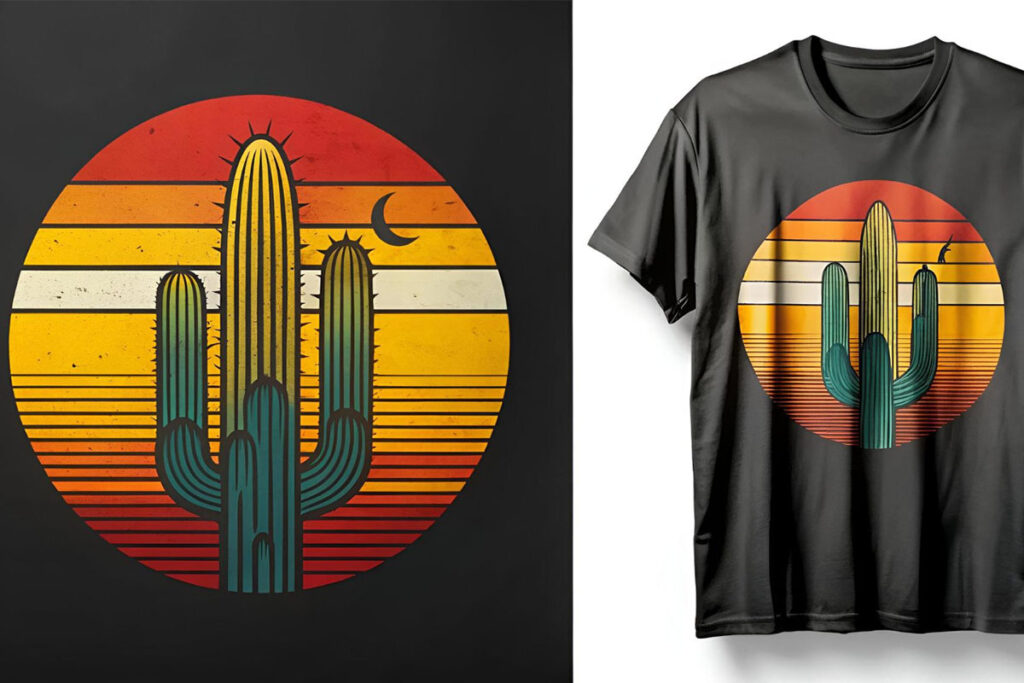UV DTF printing is revolutionizing the landscape of modern printing, providing businesses with innovative solutions that bridge the gap between efficiency and versatility. Unlike traditional printing methods, which often face limitations in substrate compatibility, UV DTF printing opens up a world of possibilities by allowing prints on various materials such as plastics, metals, and fabrics. This method not only enhances color vibrancy but also ensures long-lasting durability, making it an attractive choice for high-quality production. As printing technology innovations continue to emerge, the comparison of DTF vs. traditional approaches becomes increasingly relevant, particularly in discussions about cost-effective printing. In an era where versatility and operational efficiency are paramount, UV DTF printing positions itself as a leading contender in the print market.
Embracing the future of print, UV DTF printing—often referred to as ultraviolet direct-to-film technology—is setting new standards in the industry. This advanced printing technique utilizes UV light to cure inks onto a variety of substrates, providing greater flexibility and creative potential compared to conventional methods. By examining the contrast between DTF solutions and traditional printing techniques, one uncovers the benefits of modern printing technology that cater to a diverse range of needs within the marketplace. Additionally, the shift towards more cost-effective printing options highlights a growing preference among businesses for adaptable, high-quality solutions. In the realm of versatile printing methods, the adoption of UV DTF technology exemplifies a significant leap forward.
Understanding UV DTF Printing and Its Innovations
UV DTF printing stands out as one of the latest innovations in the printing industry, characterized by its ability to produce high-quality prints directly onto film. This technology has revolutionized the way prints are created, allowing for a greater range of applications than traditional methods. With advancements in UV inks and printing head technology, UV DTF printing delivers vivid colors and remarkable detail that appeals to businesses looking for a competitive edge in quality.
Moreover, the innovations in compact printer designs, such as the A3 DTF models, have enabled small businesses to utilize this cutting-edge technology without incurring prohibitive costs. By employing UV DTF printing, companies can take advantage of the unique benefits it offers, such as quicker turnaround times and a wider range of printing substrates, which include plastics, fabrics, and specialty materials.
UV DTF vs. Traditional Printing: A Direct Comparison
When comparing UV DTF printing with traditional printing methods, the differences become quite apparent. Traditional printing often relies on specific mediums and has limitations regarding the diversity of printing surfaces. In contrast, UV DTF printing provides unparalleled versatility, accommodating multiple substrates, which enhances creative possibilities for businesses. This flexibility allows for a unique approach to product customization that cannot be achieved through traditional printing techniques.
Furthermore, the operational costs associated with UV DTF printing often surpass those of traditional printing in short-run scenarios. Businesses can save on costs while still achieving high-quality outputs, which is a significant advantage when catering to clients seeking limited edition or customized products. This cost efficiency, combined with versatility, makes UV DTF an attractive choice for modern printing demands.
Exploring Cost-Effective Printing Solutions
Cost-effectiveness is a vital consideration for many businesses when choosing a printing method. UV DTF printing has emerged as a more economical option compared to traditional printing, especially for small to medium-sized enterprises. With lower setup costs and efficiency in short-run orders, UV DTF allows businesses to minimize expenses while maximizing output.
Additionally, as technology continues to evolve, the price of UV DTF printers is becoming increasingly competitive, making it accessible to a broader audience. This trend is significant for businesses that operate on tight budgets but strive for high-quality outputs, as it enables them to leverage innovative printing technologies without breaking the bank.
The Versatility of UV DTF Printing
One of the most compelling advantages of UV DTF printing is its versatility. Unlike traditional printing, which may restrict users to a few specific materials, UV DTF is compatible with a wide array of surfaces, including metals, vinyl, and various fabrics. This widespread adaptability allows printers to cater to diverse market demands, from promotional items to personalized apparel.
Moreover, the ability to print on unconventional materials expands creative horizons for designers and businesses alike. This innovation encourages unique product offerings in the marketplace, which can significantly boost brand visibility and consumer interest, giving businesses that utilize UV DTF printing a notable edge over those who rely solely on traditional printing methods.
Quality and Finish: What Sets UV DTF Apart?
When it comes to print quality, UV DTF printing is often recognized for its superior finish and durability. The technology produces vivid, vibrant colors and sharp details that enhance the overall look of the printed material. This quality is particularly important in industries where the appearance of a product can significantly impact sales, such as fashion and personalized merchandise.
Furthermore, UV DTF prints are known for their resilience, resisting fading and peeling over time, which stands in stark contrast to some traditional printing methods. The glossy finish achieved through UV DTF adds a professional touch to products, making them more appealing to customers and worth investing in for businesses aiming to leave a lasting impression.
Market Expansion and Future of UV DTF Printing
The market for UV DTF printing is on an upward trajectory, evidenced by substantial investments from key players in the industry. Companies are increasingly recognizing the potential of this technology to meet the demands of a rapidly evolving marketplace. As businesses strive for more sustainable and versatile printing solutions, the growth of UV DTF printing illustrates a clear shift towards more innovative practices.
With continuous advancements in technology and an expanding range of applications, the future of UV DTF printing appears bright. As manufacturers introduce new features and enhancements, the functionality and appeal of UV DTF systems are set to increase, attracting even more businesses eager to adopt modern printing methodologies that align with consumer expectations.
Frequently Asked Questions
What are the key advantages of UV DTF printing over traditional printing methods?
UV DTF printing offers several advantages compared to traditional printing methods, including enhanced versatility across various substrates such as plastics and metals, superior print durability that resists fading, and lower operational costs for short-run printing. These benefits make UV DTF printing a preferred choice for businesses seeking innovative and cost-effective printing solutions.
How does the cost of UV DTF printing compare to traditional printing?
When evaluating cost-effective printing options, UV DTF printing generally presents a lower cost per print, particularly for short-run jobs. In contrast, traditional printing often involves higher initial setup costs and longer production times. Thus, for businesses with limited quantity orders, UV DTF printing can significantly reduce overall expenses.
What distinguishes UV DTF printing from traditional printing techniques?
The primary distinction between UV DTF printing and traditional printing lies in versatility. While traditional printing is limited to specific mediums, UV DTF printing can adaptively print on a vast array of surfaces. This innovation allows for broader creative applications and opportunities that traditional methods cannot fulfill.
What innovations have emerged in UV DTF printing technology?
Recent innovations in UV DTF printing technology focus on improving print quality and machine efficiency. Notable advancements include models like the LOKLiK iPrinter DTF, which offers continuous printing capabilities and produces vibrant, high-quality outputs, thereby surpassing the standards established by traditional printing methods.
Is UV DTF printing a more sustainable option than traditional printing?
UV DTF printing is considered a more sustainable option as it often requires less energy, produces less waste, and allows for more efficient use of materials compared to traditional printing. This eco-friendliness adds to its appeal as businesses aim for greener printing solutions.
Why is UV DTF printing gaining popularity in the market?
The growing popularity of UV DTF printing can be attributed to its cost-effectiveness, versatility, and advancements in technology. As businesses and consumers alike seek innovative printing methods that deliver high-quality results at competitive prices, UV DTF printing stands out as a leading choice in the printing innovations landscape.
| Aspect | UV DTF Printing | Traditional Printing |
|---|---|---|
| Technological Innovations | Rapid advancements; compact models for small businesses. | Established technology, less adaptable to new methods. |
| Quality of Outputs | High-quality prints with vibrant colors; durability and changing finishes. | Standard quality prints; may fade or peel over time. |
| Versatility | Prints on various substrates including plastics and metals. | Limited to specific mediums, primarily paper and standard fabrics. |
| Market Growth | Significant investments; growing interest from multiple sectors. | Stable; less growth in adaptation to modern needs. |
| Cost Efficiency | Lower cost per print for short runs; economical for small orders. | Higher initial equipment costs and setup times. |
Summary
UV DTF printing is revolutionizing the printing industry by providing innovative solutions that surpass traditional printing methods. With its technological advancements, this method offers not only high-quality and durable prints but also versatile applications across various substrates. As demand grows, UV DTF printing emerges as a cost-effective choice for businesses looking to thrive in a competitive market. Its ability to cater to both small-scale operations and diverse material needs positions it as a leader in the printing landscape. Ultimately, the shift from traditional to UV DTF printing signifies a transformative change in how businesses approach their printing solutions.



